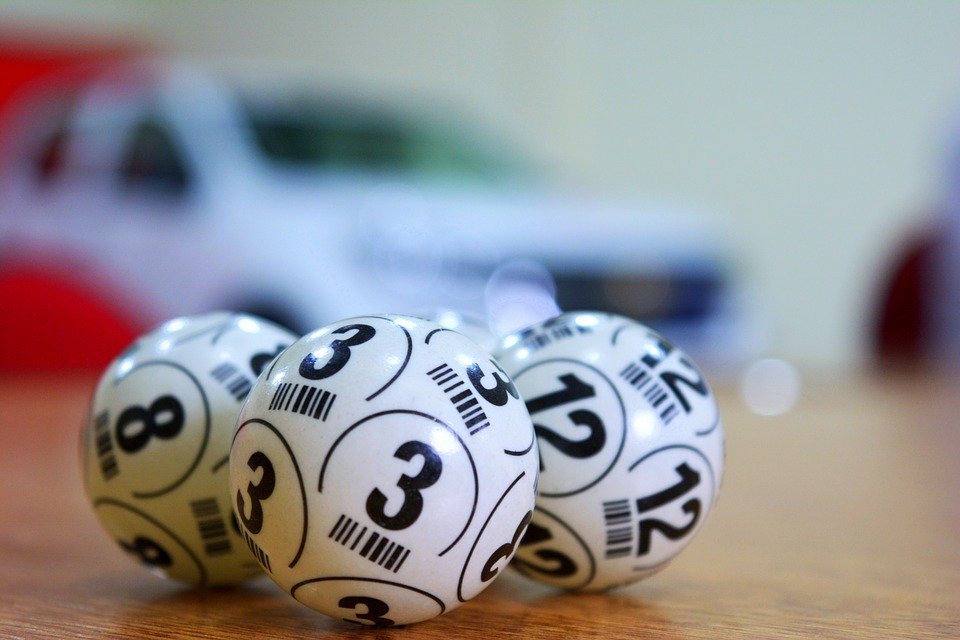
Bingo is a party game and a relaxing, fun way to gamble. Simple to play and with lower age restrictions than most gambling games, Bingo is played in Bingo Halls, in Bingo Rooms in casinos and hotels, and now, on the internet. Bingo’s history dates back to 1530 in Italy, where it started as a lottery called ˜Lo Giuoco del Lotto d’Italia”.

Bingo then moved to France in about 1780 as “Le Lotto” where it became a favorite pastime of the rich. The modern version of bingo was brought to New York by Edwin Lowe and was originally known as Beano for the beans that where used to mark the numbers on the player’s cards. Legend has it that a friend of Edwin’s mistakenly yelled “Bingo” instead of “Beano” when he won a game and the name stuck. Today the game we love is known by young and old as Bingo and its still a thrill to be able to yell out “BINGO” when you win a game.
Bingo Rules
Bingo is played on a card which contains 25 squares arranged in five vertical columns and five horizontal rows. Each space is marked with a printed number and a typical game is played with a pool of 75 numbers. To win the player must complete a row of 5 numbers in a vertical, horizontal or diagonal line. The game is over when the first player calls out “Bingo” and his or her card is verified as bingo by the game master.
The 75 numbers are marked on balls and the balls are placed in a Bingo Cage. The cage is spun by the Game Caller (the Dealer) and numbers are selected and called out one at a time. When the number called out matches a number on a player’s card, the player marks that spot with a special bingo marker called a “dauber”. The numbers are called until the first player yells “Bingo” although in some variations of bingo the game may continue if, for example, there is a prize for filling the complete card.
Bingo Variations
There are many exciting versions of bingo available, especially in casinos and on the internet. In the U.K., Austrailia and New Zealand a variation know as Housie is played using a card with 3 horizontal rows of 5 numbers and 4 empty spaces and a pool of 90 numbers.
Many Bingo games also offer additonal winning combinations . These include Four Corners, in which the player must get a number on each of the 4 outside corners to win, Postage Stamp, which requires the player to make a Square of 4 numbers and a version in which the game continues after the first bingo until a player fills the entire card.
Players are usually allowed to play as many cards as they want at the same time. It is not unusual in a Bingo Hall to see a player with 25 cards layed out in front of them for a game.
With the advent of bingo on the internet, there are now hundreds of versions of bingo offered. They are waiting for you, the player, to discover and enjoy.
